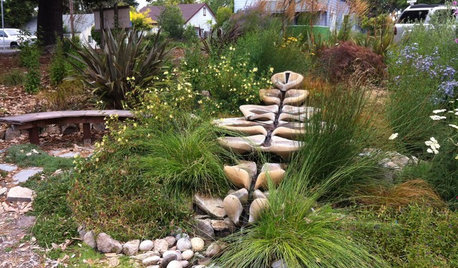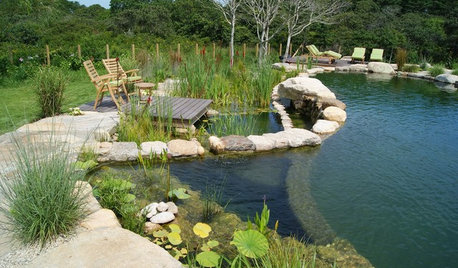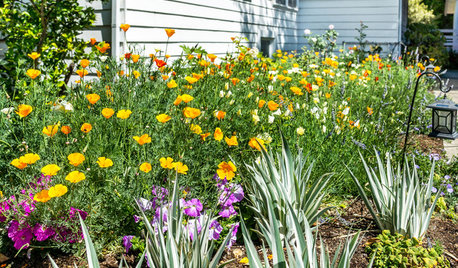Nutrient/ water usage
Rio_Grande
10 years ago
Related Stories

SAVING WATER11 Ways to Save Water at Home
Whether you live in a drought-stricken area or just want to help preserve a precious resource, here are things you can do to use less water
Full Story
GARDENING GUIDES9 Ways to Be Water-Wise in the Edible Garden
Consider these tips to get a healthy backyard crop that uses less water
Full Story
SAVING WATERXeriscape Gardens: How to Get a Beautiful Landscape With Less Water
Conserve water and make gardening much easier with the xeriscape approach’s 7 principles
Full Story
LANDSCAPE DESIGNGet Along With Less Lawn — Ideas to Save Water and Effort
Ditch the mower and lower your water bill while creating a feast for the eyes with diverse plantings and gathering places
Full Story
LIFEThe Top 5 Ways to Save Water at Home
Get on the fast track to preserving a valuable resource and saving money too with these smart, effective strategies
Full Story
GARDENING GUIDESEssential Watering Tips for Your Edible Garden
To give your edible plants just what they need, check out these guidelines for how, when and how much to water
Full Story
LANDSCAPE DESIGNNew Ways to Design With Water
Go beyond 3-tiered fountains and faux waterfalls to discover water's architectural possibilities
Full Story
LANDSCAPE DESIGNSecrets of a Successful Water Garden
Relax. Having a water garden is much easier once you understand the basics
Full Story
LANDSCAPE DESIGN10 Ideas for a Creative, Water-Conscious Yard
Check out these tips for a great-looking outdoor area that needs less water
Full Story
GARDENING GUIDES8 Unthirsty Plants Help You Save Water in Style
Spend less effort and money on your landscape with drought-tolerant and native plants that liven up your yard
Full Story





PupillaCharites
PupillaCharites
Related Professionals
Comstock Park Landscape Architects & Landscape Designers · Port Royal Landscape Architects & Landscape Designers · Waterbury Landscape Contractors · Addison Landscape Contractors · Apollo Beach Landscape Contractors · Barrington Landscape Contractors · Englewood Landscape Contractors · Glendale Heights Landscape Contractors · Lorain Landscape Contractors · Ocoee Landscape Contractors · Royal Oak Landscape Contractors · Seymour Landscape Contractors · Waipahu Landscape Contractors · Winchester Landscape Contractors · Cheshire Gardeners & Lawn CareRio_GrandeOriginal Author
nekbet
grizzman
Rio_GrandeOriginal Author
Rio_GrandeOriginal Author
Rio_GrandeOriginal Author
nekbet
Rio_GrandeOriginal Author
PupillaCharites
Rio_GrandeOriginal Author
PupillaCharites
Rio_GrandeOriginal Author
PupillaCharites
Rio_GrandeOriginal Author
PupillaCharites
Rio_GrandeOriginal Author
PupillaCharites
Rio_GrandeOriginal Author
PupillaCharites
PupillaCharites